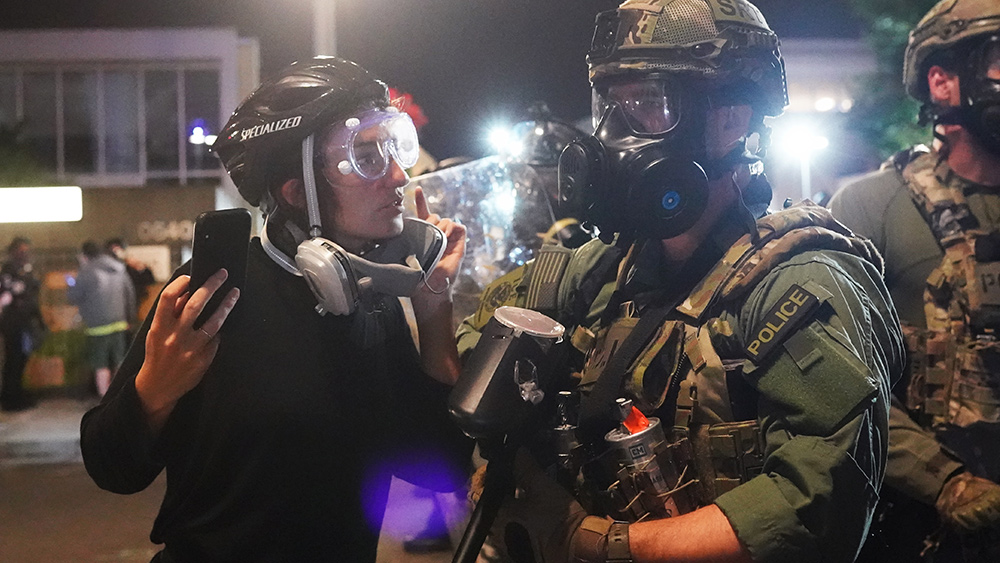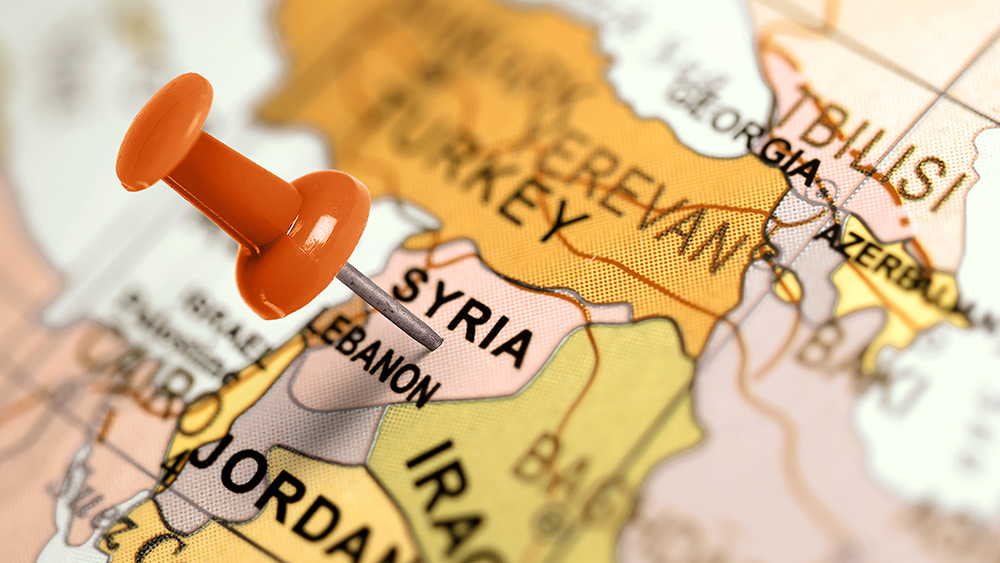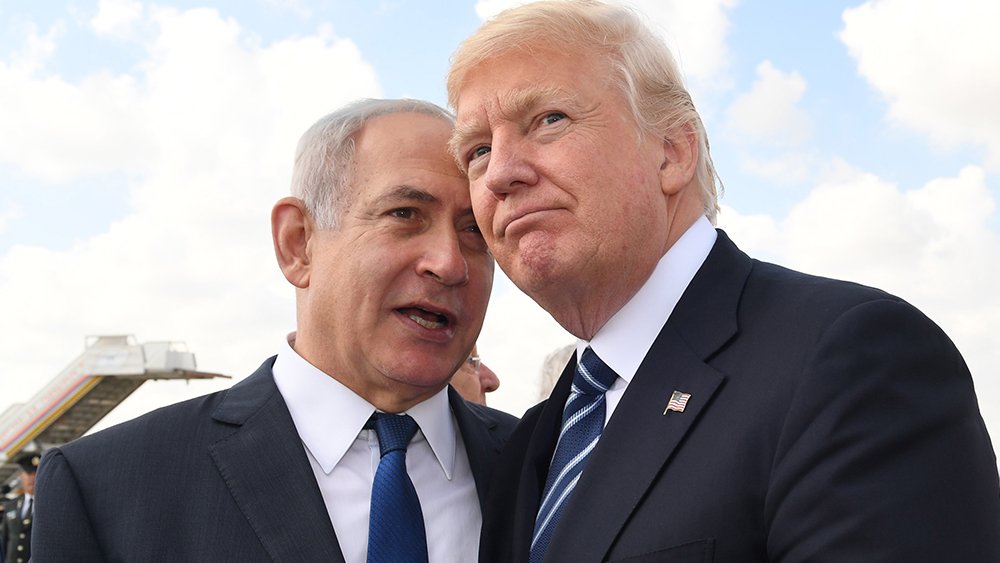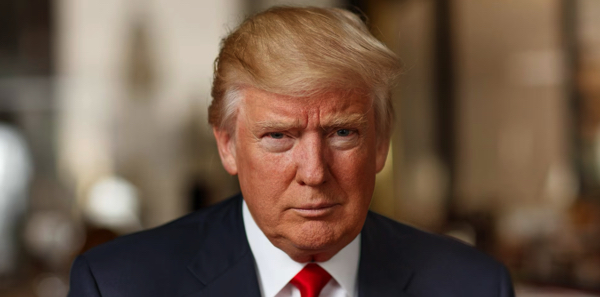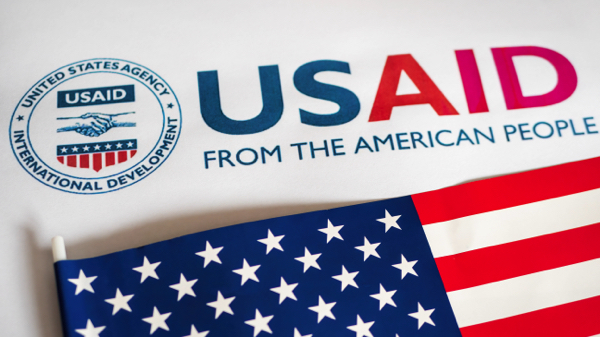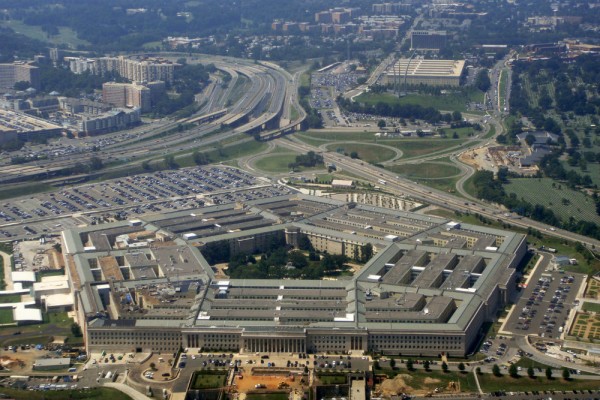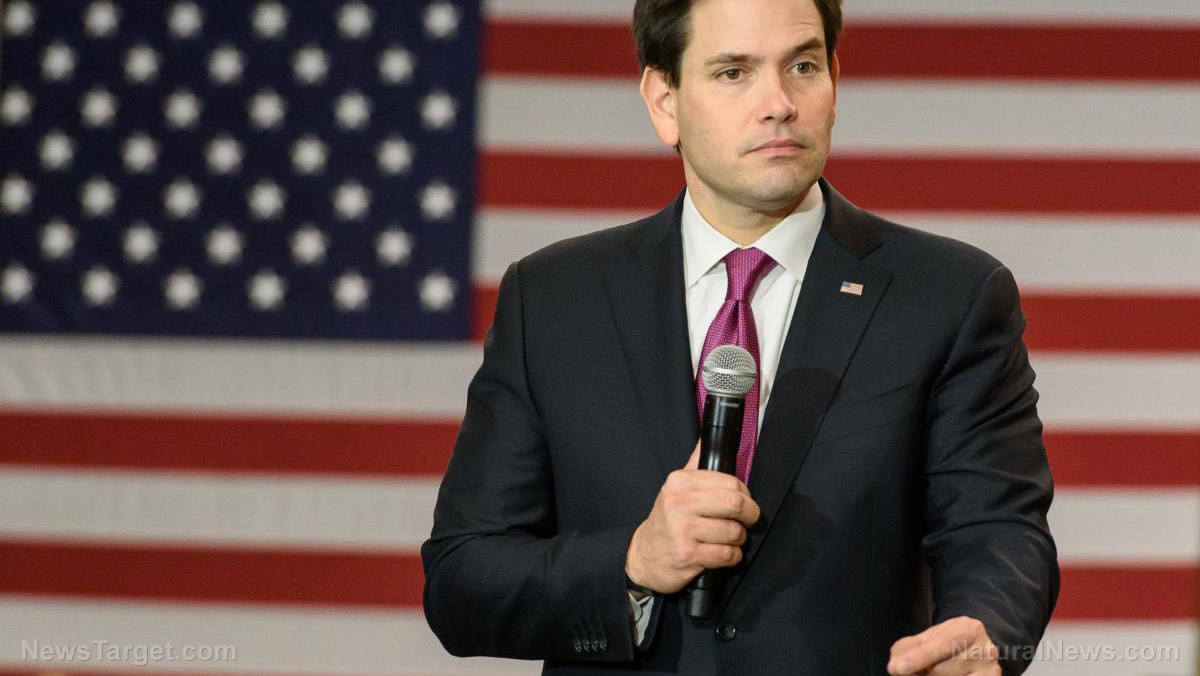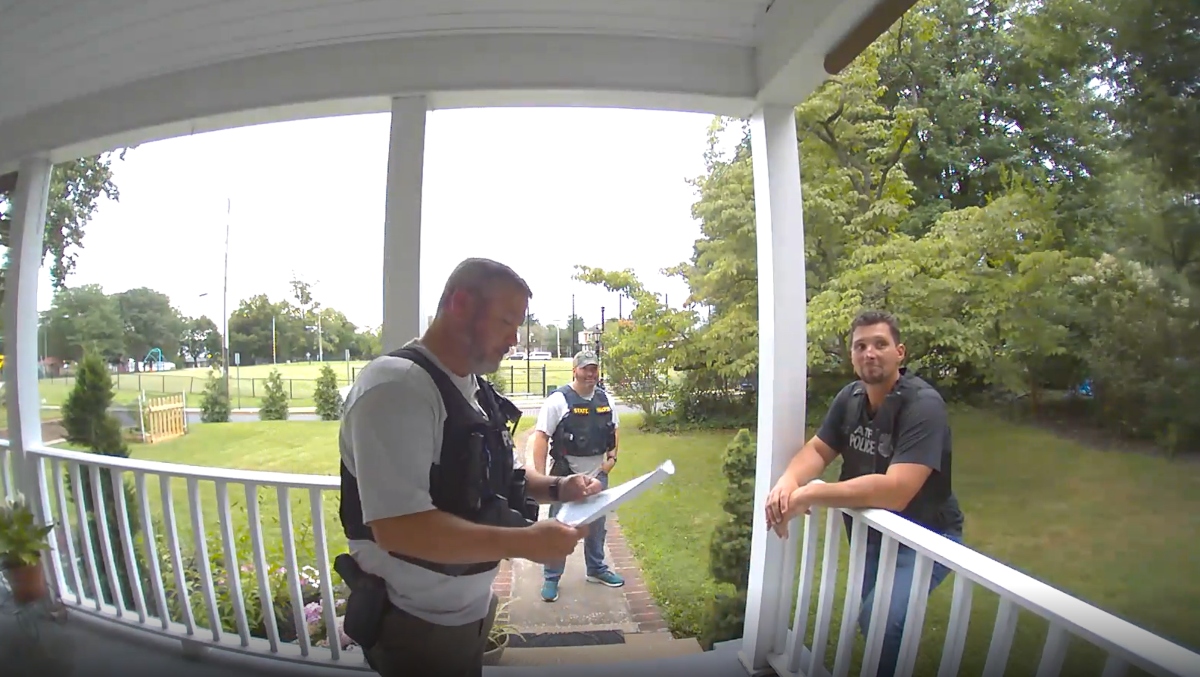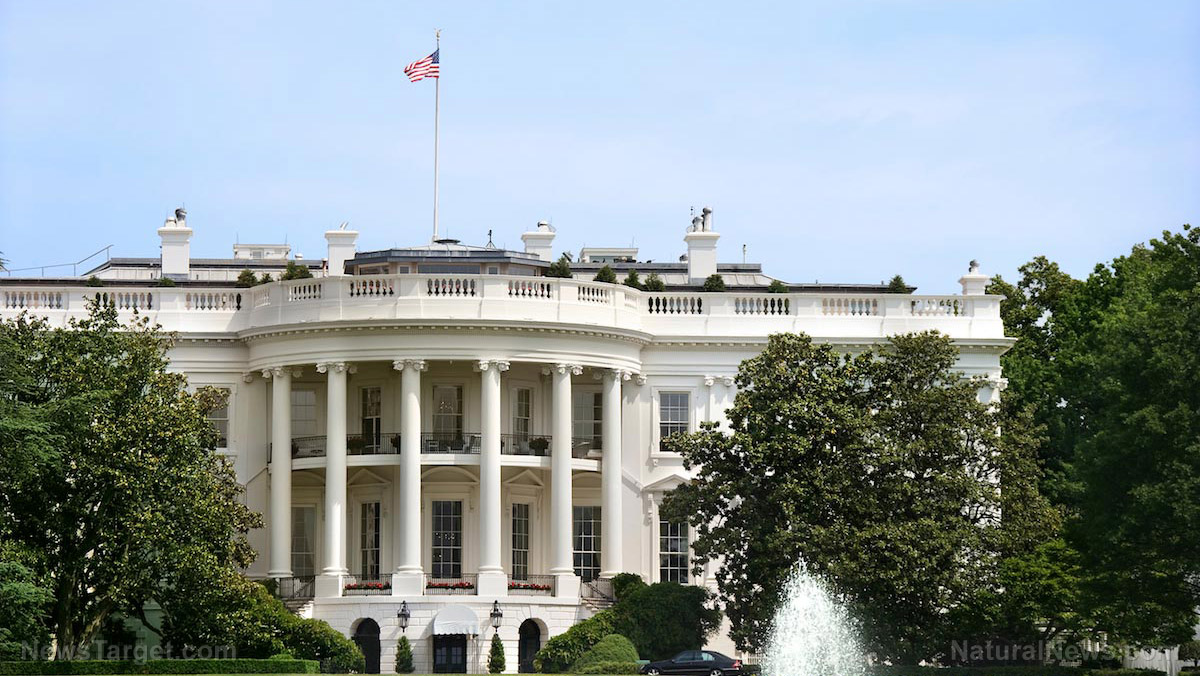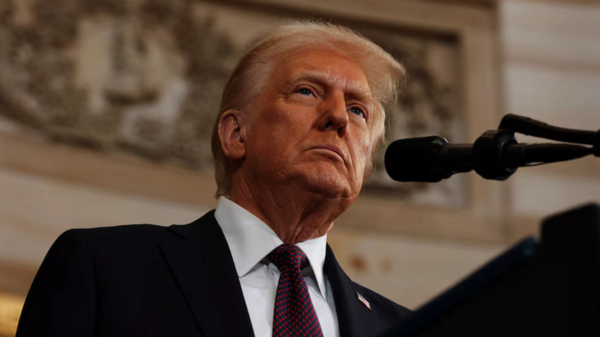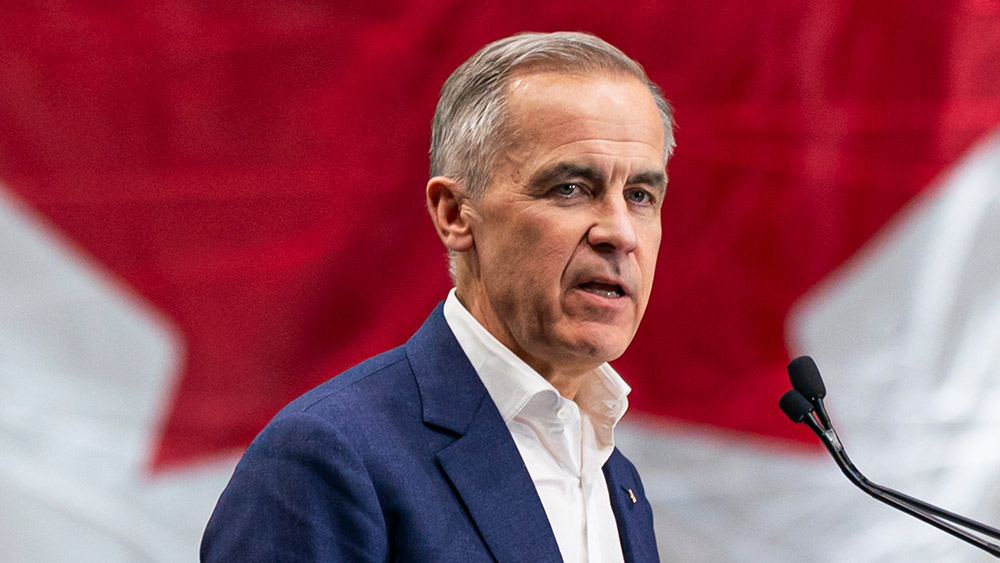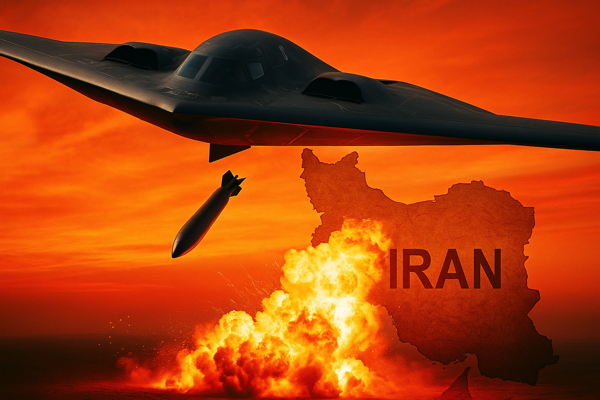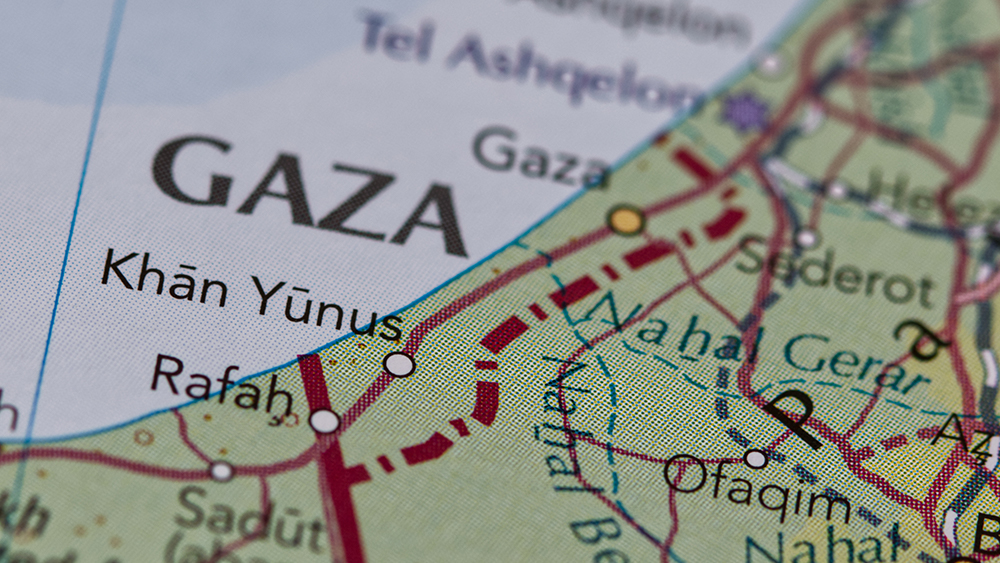Iran threatens “FINAL WAR” with Israel as Gaza ceasefire talks gain momentum
07/02/2025 / By Willow Tohi
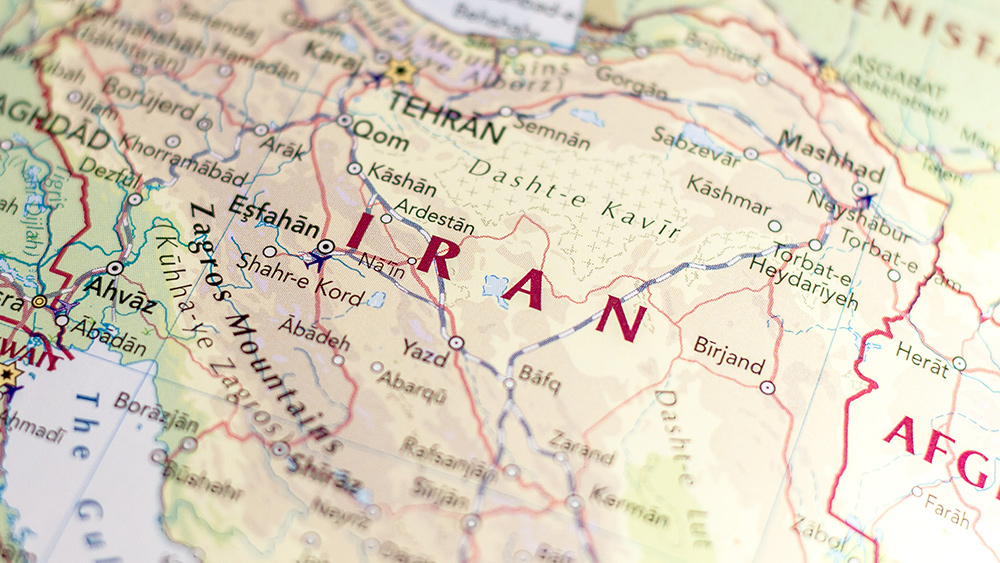
- Iran warns its next war with Israel will be its last, claiming its robust missile arsenal can overwhelm Israeli defenses amid rising U.S.-Iran tensions.
- U.S. brokered a fragile ceasefire after recent Israel-Iran attacks, but Tehran and Jerusalem remain poised for escalation.
- Netanyahu faces U.S. pressure to end Gaza war, with hints toward a hostage-ceasefire deal as internal Israeli debates intensify.
- Gaza’s humanitarian crisis deepens, with over 4,200 dead and Iran’s influence in Hamas prompting security concerns.
- Regional nuclear risks loom, as Iran’s uranium stockpile remains hidden and diplomatic channels remain closed.
In an increasingly volatile Middle East, Iran has issued a stark warning that its next war with Israel will be its last, while the United States pressures Israeli Prime Minister Benjamin Netanyahu to end the Gaza conflict through a hostage-ceasefire deal. Over the past month, Israel launched preemptive strikes against Iran’s nuclear and military sites, triggering Iranian retaliation with missiles and drones. Tensions continue to simmer as Netanyahu prepares to meet President Trump in Washington next week amid reports of progress toward a Gaza ceasefire.
Iran: The last war or strategic overreach?
An anonymous Iranian source revealed to RT that Tehran intends “to make the next war with Israel its last,” asserting advanced missile capabilities can “overwhelm” Israeli defenses. The Islamic Republic’s threats follow its June 13-25 conflict with Israel, in which it reportedly targeted Haifa’s oil refineries and Tel Aviv’s financial district with newly developed high-speed missiles. Iran claims its recent air strikes “neutralized” Israeli capabilities, but analysts caution threats may be exaggerated.
Tehran’s missile arsenal—among the largest in the region—has evolved over decades with Russian and Chinese assistance, enabling strikes deep into the Arabian Peninsula and Israel. The source emphasized public “unprecedented social support” for confronting Israel, a sentiment amplified after U.S. strikes on Iran’s nuclear facilities last week. However, strategic divisions persist in Iran between “patient” technocrats and hardline “Zaydis” advocating more erratic aggression. One MP anonymously stated, “Iran must build [a nuclear weapon] and act like the Israelis to rewrite the rules of war.”
The U.S. evacuated thousands of troops from Persian Gulf bases during the Iran-Israel clash, including a mystery aircraft retreat from Qatar’s Al Udeid airfield, signaling vulnerability to Iranian strikes. With nuclear talks suspended and disclosed uranium repositories missing, Iran’s long-term moves remain unpredictable.
Netanyahu’s crossroads: Gaza ceasefire or dominate the battlefield?
As Netanyahu departs for a July 7 White House meeting, reports surface of U.S.-backed hostage ceasefire progress. Trump vowed to be “very firm” with Netanyahu to “end the war soon,” a rare display of pressure given their close ties. Netanyahu, however, faces domestic tensions: his cabinet debated the Gaza campaign’s future, with military chief Eyal Zamir clashing with ultranationalist ministers who support a full Gaza takeover.
The U.S. proposal envisions a 60-day ceasefire exchanging 10 live hostages and 18 remains for a pause in hostilities, followed by permanent terms. Hamas showed cautious optimism but demanded phased hostage releases, fearing Netanyahu might abandon talks post-ceasefire. Netanyahu has privately endorsed the plan but insists Hamas must be strategically weakened first—a condition challenging without a Gaza conquest he calls impractical.
Gaza’s humanitarian crisis worsens, with 500 killed in a hospital explosion and over one million displaced. Hamas, meanwhile, has expanded its ranks with 3,000 recruits, doubling its fighting force since October 7.
The geopolitical chessboard: Iran, Gaza and America’s role
The Iran-Israel-Gaza nexus poses profound risks. Trump’s focus on a Gaza resolution aligns with traditional U.S. interests in limiting conflict but diverges from Netanyahu’s hardline posture. A failed ceasefire could inflame regional alliances, while Iran’s nuclear ambitions linger: leaked documents suggest Iran’s 60% enriched uranium remains stockpiled somewhere underground, unnerving U.S. intelligence.
Historical context underscores the volatility. Since the 1980s, Iran-Israel enmity has shaped Middle Eastern politics, with Israel’s unyielding stance against a nuclear-armed Iran reinforced by Netanyahu’s claim that “indefinite occupation [of Palestine] is unsustainable.” Yet Israel’s tactics—aided by U.S. security ties—have drawn criticism from rights groups.
Escalation or resolution?
The region’s future hinges on Tehran, Jerusalem and Washington’s choices. Iran’s bravado masks vulnerabilities, including U.S. airstrikes’ impact on its nuclear infrastructure. Israel, though militarily powerful, grapples with financial strain and rising global skepticism over its tactics. For Netanyahu, balancing U.S. pressure with internal demands will shape the path forward: a Gaza ceasefire could ease pressure, yet risks weakening Israel’s leverage. With both conflicts unresolved, the Middle East teeters on a precipice—where deterrence and diplomacy might triumph, or where past cycles of violence dictate anew.
Sources for this article include:
Submit a correction >>
Tagged Under:
Benjamin Netanyahu, big government, ceasefire, chaos, China, Gaza, Iran, Israel, military tech, national security, nuclear sites, Russia, Trump, weapons tech, WWIII
This article may contain statements that reflect the opinion of the author
RECENT NEWS & ARTICLES
COPYRIGHT © 2017 WHITE HOUSE NEWS

